Rising Incidence of Diabetes
The increasing prevalence of diabetes in Germany is a primary driver for the diabetic retinopathy market. As of recent data, approximately 7.5 million individuals in Germany are diagnosed with diabetes, a figure that is projected to rise. This surge in diabetes cases correlates with a heightened risk of developing diabetic retinopathy, which affects around 30% of diabetic patients. Consequently, the demand for screening and treatment options in the diabetic retinopathy market is likely to expand significantly. Healthcare providers are increasingly focusing on early detection and management strategies to mitigate the complications associated with diabetes, thereby propelling the market forward. The growing awareness among patients regarding the importance of regular eye examinations further supports this trend, indicating a robust market potential for diabetic retinopathy solutions in Germany.
Growing Awareness and Education
The increasing awareness and education regarding diabetic retinopathy among healthcare professionals and patients are vital drivers for the diabetic retinopathy market. Educational programs and workshops are being organized across Germany to inform both patients and healthcare providers about the risks associated with diabetic retinopathy and the importance of regular eye examinations. This heightened awareness is leading to earlier diagnosis and treatment, which is crucial for preventing vision loss. As patients become more informed about their condition, the demand for screening and treatment options is likely to rise. Furthermore, healthcare professionals are being trained to recognize the early signs of diabetic retinopathy, which enhances the overall management of the disease. This trend suggests a positive outlook for the diabetic retinopathy market, as increased awareness translates into greater utilization of available resources.
Government Initiatives and Funding
Government initiatives aimed at combating diabetes and its complications are playing a crucial role in shaping the diabetic retinopathy market. In Germany, various health policies and funding programs are being implemented to enhance diabetes care and management. For instance, the German Federal Ministry of Health has allocated significant resources to improve screening programs and public awareness campaigns about diabetic retinopathy. These initiatives are designed to facilitate early detection and treatment, thereby reducing the burden of the disease on the healthcare system. The financial support provided by the government is likely to stimulate growth in the diabetic retinopathy market, as it encourages the development of new technologies and treatment options. This proactive approach indicates a commitment to improving patient outcomes and addressing the rising incidence of diabetes-related complications.
Advancements in Treatment Modalities
Innovations in treatment options for diabetic retinopathy are significantly influencing the diabetic retinopathy market. Recent advancements include the development of anti-VEGF therapies and laser treatments, which have shown promising results in managing the disease. The introduction of these therapies has led to improved patient outcomes, with studies indicating that anti-VEGF treatments can reduce the risk of vision loss by up to 50%. Furthermore, the German healthcare system is increasingly adopting these advanced treatment modalities, which enhances accessibility for patients. As a result, the diabetic retinopathy market is expected to witness substantial growth, driven by the demand for effective and innovative treatment solutions. The ongoing research and development efforts in this area suggest a continuous evolution of treatment options, further solidifying the market's potential in Germany.
Technological Integration in Healthcare
The integration of advanced technologies in healthcare is significantly impacting the diabetic retinopathy market. In Germany, the adoption of digital health solutions, such as electronic health records and telemedicine, is facilitating better management of diabetic patients. These technologies enable healthcare providers to monitor patients more effectively and ensure timely interventions. For instance, telemedicine platforms allow for remote consultations, which can be particularly beneficial for patients in rural areas. The convenience and accessibility offered by these technological advancements are likely to drive the demand for diabetic retinopathy screening and treatment services. Moreover, the use of artificial intelligence in diagnostic tools is enhancing the accuracy of diabetic retinopathy detection, further supporting market growth. As technology continues to evolve, its integration into diabetes care is expected to play a pivotal role in shaping the future of the diabetic retinopathy market.


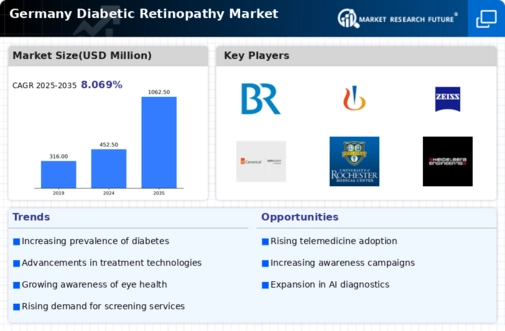
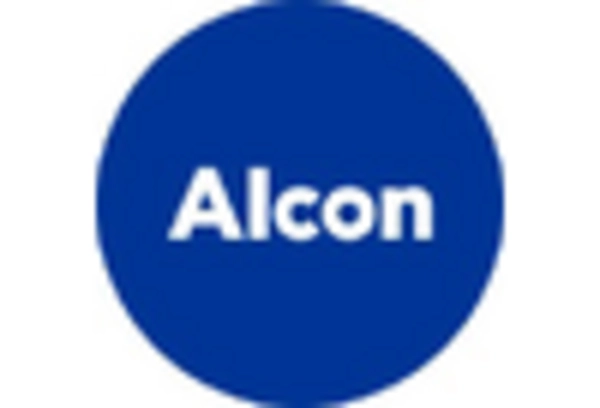
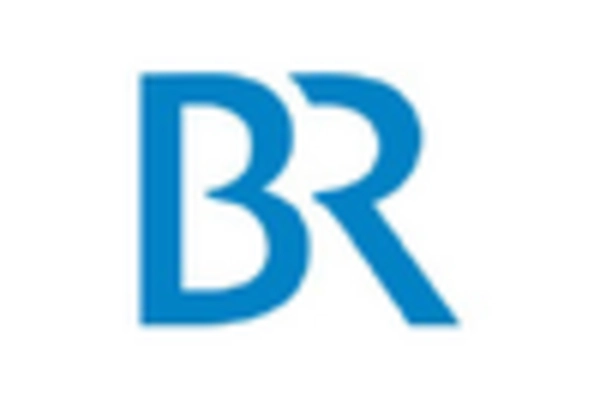

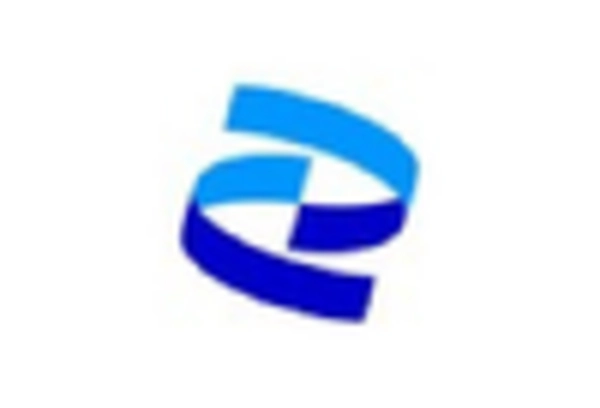
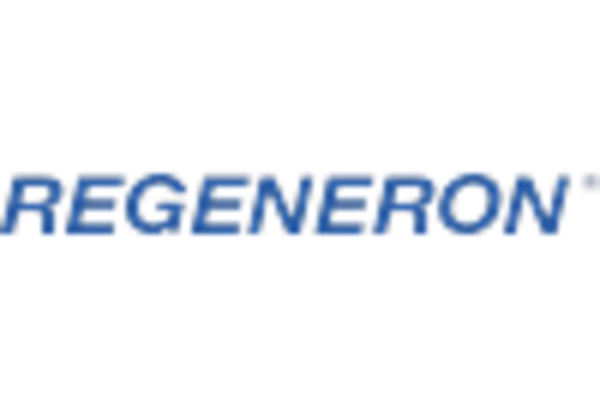









Leave a Comment